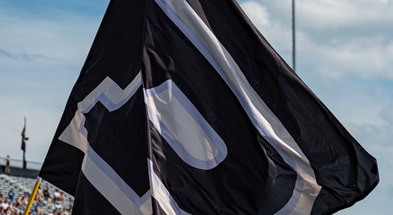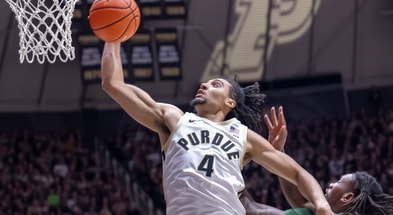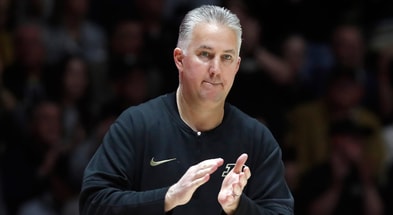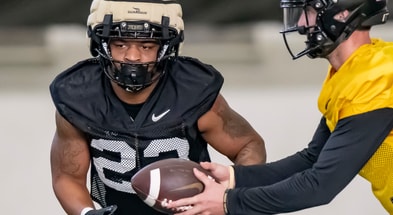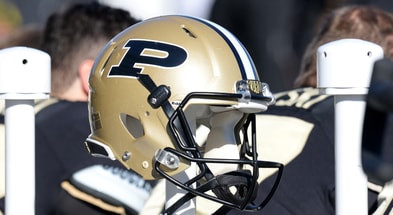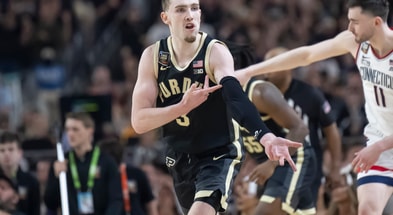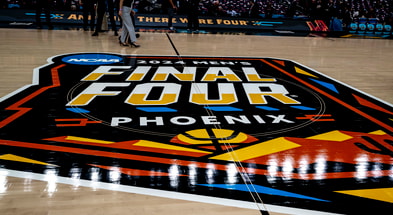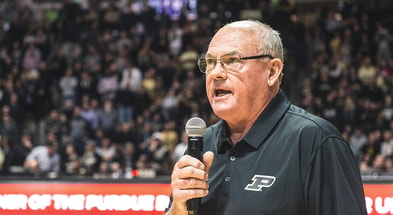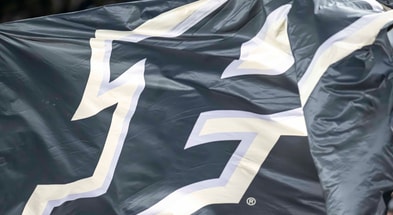Purdue’s Final Four Similarities
Purdue’s trip to the 2024 Final Four is unique, for every magical run in March is. Some narratives and storylines make the trek to college basketball’s promised land special. It is true that in 2024, as in 1980 and 1969, the other two years, the Boilermakers were in the running for college basketball’s prized title.
The game is dramatically different, making attempts to compare players somewhat futile. But we do it anyway kind of like trying to compare Babe Ruth to Barry Bonds.

Purdue’s Road(s) to the Final Four
Let’s start with this. When Purdue last played in the Final Four, there was no shot clock, no three-pointer. The 1969 Tournament consisted of 25 teams, and in ’80, the number had grown to 48.
By getting a No. 1 seed this year, Purdue earned a chance to play close to West Lafayette home with its opening opening round in Indy and Sweet 16 and the Sweet 16 in Detroit. It was different in 1980, when the NCAA Tournament was still, at time, struggling to pack venues in the early rounds. In 1980, with ESPN just being a year old,the NCAA Tournament as a TV event still relegated to being produced by NCAA and sold to willing affiliates. It was still three years away from its CBS contract that changed everything. In ’80 NBC broadcast the Elite Eight and the Final Four and some Round of 32 matchups and did have a powerful broadcast team of Dick Enberg, Al McGuire and Billy Packer, but still had some distance to evolve to what we know it as today.
Think about this. Purdue played its first two Tournament games in Mackey in 1980 as a No. 6 seed. The Boilermakers were fortunate that the nation’s coal strike and subsequent energy crisis two years earlier forced Purdue to forgo hosting the early rounds of the ’78 NCAAs. Purdue and much of the state of Indiana were in energy lockdown due to the work stoppage. Events at night, including the NCAA Tournament, were frowned upon. In fact, Purdue even played weekday afternoon games in Mackey in February, including a freshman named Magic Johnson’s first appearance in West Lafayette, a blowout Boilermaker victory no less. Two years later, Purdue earned the bid to host, and the Boilermakers were awarded, in an effort to fill the venue (which it didn’t to capacity) an opportunity to play at home. Purdue pounded No. 3 seed St. John’s and its legendary coach Lou Carneseca to advance to the Sweet 16 after defeated All-American Michael Brooks and LaSalle in the opening round, all in the comfort of its own home. NOTE: Longtime Purdue fans will note that the Boilermakers did play (and lose) early round NCAA Tournament games against host teams in 1984 (Memphis) and ’86 (LSU)
When it advanced to the Sweet 16 to face Indiana, it traveled about four hours southeast to Lexington, Kentucky. The host Kentucky Wildcats, yes the Wildcats, hosted the Mideast Regional (as it was called at the time) as the No. 1 seed. But two upsets occurred in the Sweet 16 Round with Purdue surprising Big Ten champ and No. 2-seed Indiana and 4-seed Duke shocking the host UK. Long before the days of SeatGeek, the ticket value plummeted for the Boilermakers-Blue Devils Elite Eight matchup with “only” about 15,000 of the 23,000 seats filled. It did give a great opportunity for Purdue fans, much like what happened last Sunday in Detoit, to make their way to Lexington for the matchup.
1980 Mideast Bracket
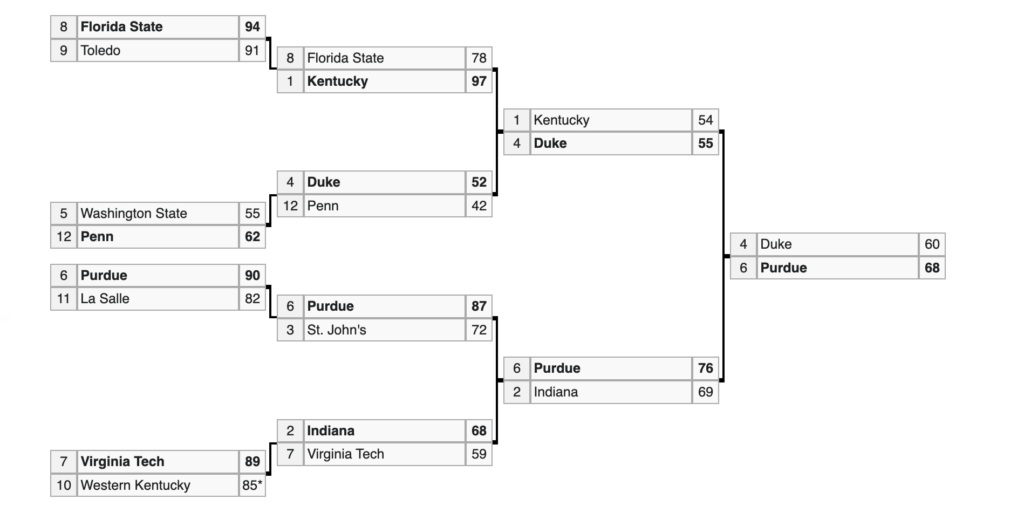
In ’69, Purdue’s first NCAA appearance started in the Sweet 16, earning a bye as the Big Ten champ. The games were also televised by NCAA Productions with the regional finals and national championship (it wasn’t called that back in the late 1960s) on NBC. It’s hard to imagine in today’s environment, but the national semifinal was played on a Thursday (and was offered by NCAA Productions for syndication) with the finals nationally televised on Saturday on NBC.
1969 Mideast Region Bracket
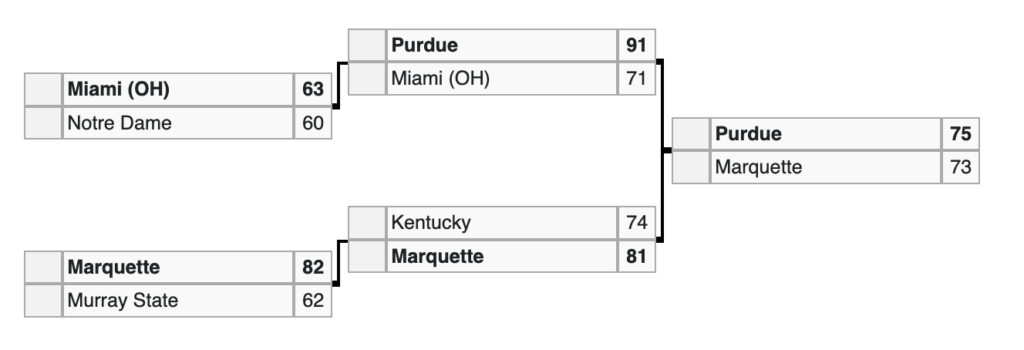
The 1969 Boilermakers were ranked seventh in the final Coaches Poll and drew a break with a couple of upsets. Miami, a team Purdue had beaten in the regular season, upset Notre Dame, and Marquette, coached by Al McGuire, stunned Kentucky. Still, Purdue needed overtime and a game-winning last-second shot to defeat the pesky Warriors (nickname at the time).
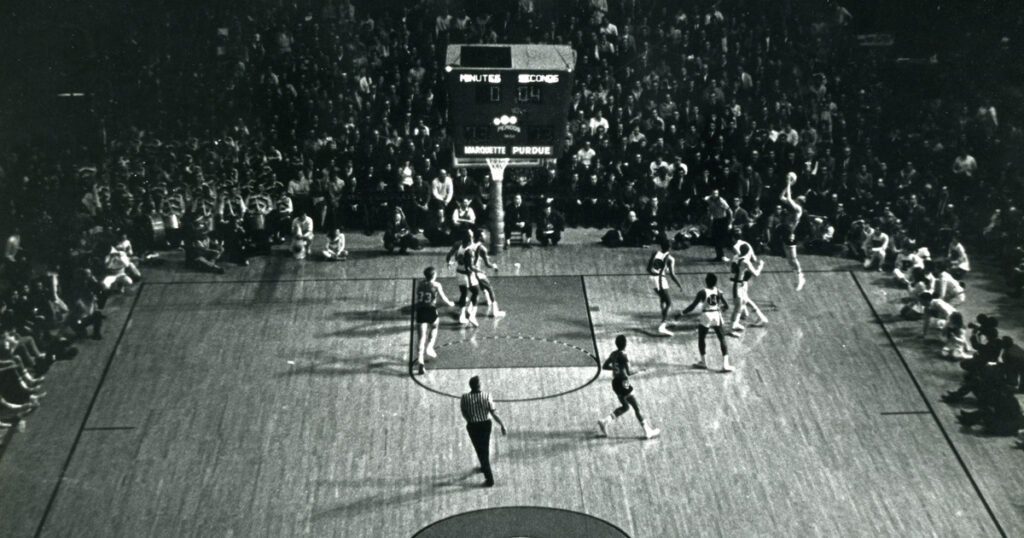
The Players
Big Ten MVP Rick Mount (33.3 ppg) had Caitlin Clark-like range (or should it be the other way around) and and standout senior players Billy Keller (13.2) and Herman Gilliam (15.5) made the team dynamic. In an illogical, impossible, but yet interesting comparison that old-time fans could argue, one might say Keller and current star Braden Smith are two best to every play the position at Purdue.
Gilliam was an athlete that could run, jump and shoot and enjoyed a 10-year NBA career. Think Myles Colvin, or what Purdue fans would like Colvin to be in a couple of years, with a little Jaden Ivey tossed in and you have Gilliam. The ’69 team had a tough guy who set picks and rebounded in George Faerber, and in that way, could be compared to Mason Gillis. Purdue had a 7-footer in Chuck Bavis, who along with backups Jerry Johnson (6-10) and Frank Kaufman (6-8), had some depth at the post position, something it would need when Bavis’ season ended in the Sweet 16 with a shoulder injury.
The 1980 squad was much more methodical offensively under coach Lee Rose. The similarity to the current team with Zach Edey was that Rose wanted things to go through All-American center Joe Barry Carroll. And for the most part, it did.
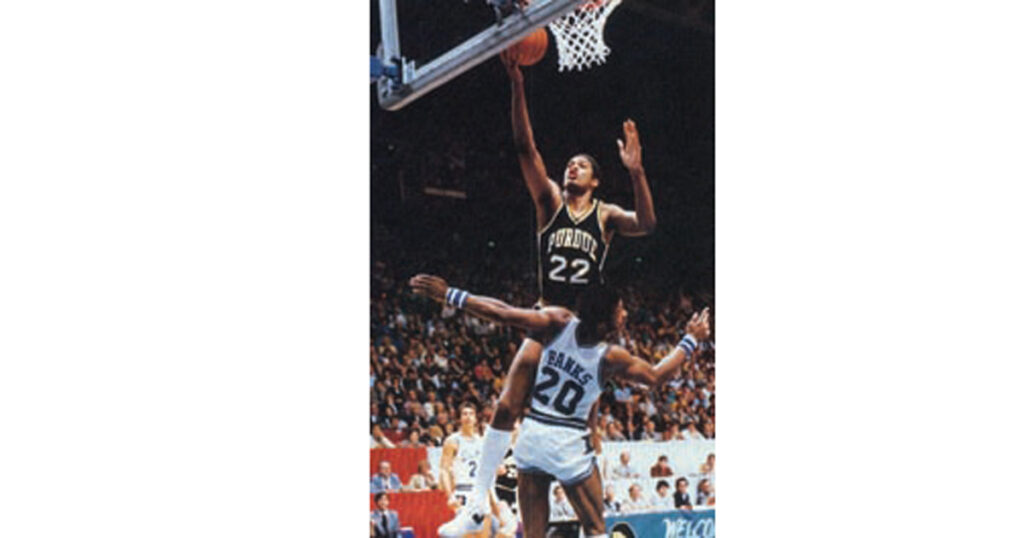
It also had a hard-nosed point guard about 20 miles west of Smith’s hometown of Westfield in Lebanon’s Brian Walker. A defender, assist man, and hard-nosed leader, Walker battled bad knees to have a productive career at Purdue and wasn’t needed to score. Sophomore Keith Edmonson, who led the Big Ten in scoring two years later before becoming a first-round NBA Draft choice, gave Purdue some pop. The Boilermakers had some pop on the wing with versatile swingman Drake Morris, and enforcer Arnette Hallman. Morris could handle the ball, run the court well and rebound. Hallman, who lacked shooting skills was a rare above-the-rim player and almost almost was used as the Boilermakers’ defense stopper.
Much like the ’69 team, Rose’s rotation went about eight deep. Mike “Scooby Do” Scearce added punch off the bench, Steve Walker, who was a year older than brother Brian, added toughness and defense. Kevin Stallings, a junior college transfer who originally committed to Minnesota and later became a college head coach at Illinois State, Vanderbilt, and Pitt, knew the game and provided a level of stability as a backup guard.
Yet, the 1980 and ’69 teams couldn’t have been more different. The game was much slower and methodical with the emergence of stingy man-to-man defense, brought into college basketball in part by Indiana’s Bob Knight. Possessions were at a premium, as they are now, but the games often ended with a stall in the final four minutes because of the lack of a shot clock. In ’69, it was still go-go-go, with the Boilermakers leading the nation in scoring, averaging over 93 points per game.
The Coaches
The teams style of play were as different as the coach. Rose had a quiet Southern gentleman persona growing up in Lexington, Kentucky. George King, who led the Boilermakers from the Big Ten (near) basement in his first season of 1965-66 to the Final Four in four seasons, was from Charleston, West Virginia was much more in your face. King was a standout NBA player, winning a title in Syracuse, where Rose had limited playing experience, graduating from Transylvania in his hometown.
King loved recruiting and was more in your face with his players and with the referees than Rose.
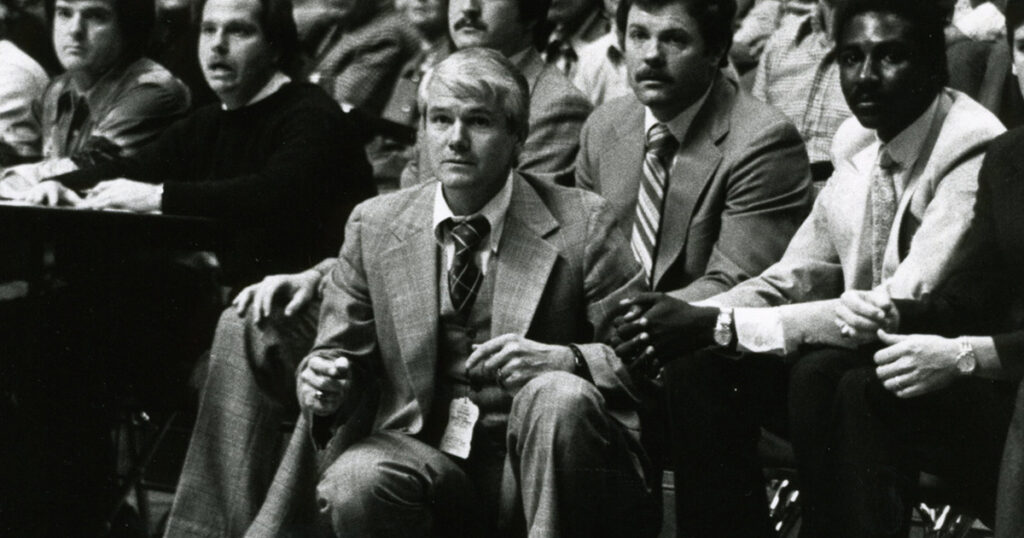
While not a yeller, Rose motivated very much with us against them attitude, sometimes even on his team. Rose, a brilliant bench coach and tactician, didn’t like the recruiting grind. But he loved the science of basketball, writing several books on the subject after leaving Purdue.
King decided that the dual role of Athletics Director and basketball coach was too much after a one-year trial with both titles, left coaching for a permanent administrative role at Purdue in 1972. Coincidentally, King hired Rose to replace Fred Schaus before the 1978-79 season, but the relationship between the two cooled after about a year. Rose left Purdue for South Florida after taking Purdue to a third-place finish in 1980. The reasons for Rose’s prompt departure could be best described as “fit” though it was more complicated than that. King, however, found a better “Purdue fit” for the program hiring Gene Keady just weeks after the Boilermakers 1980 Final Four run. After a stint in South Florida, Rose enjoyed several stops as an assistant NBA coach and worked in and around the league until his retirement.

